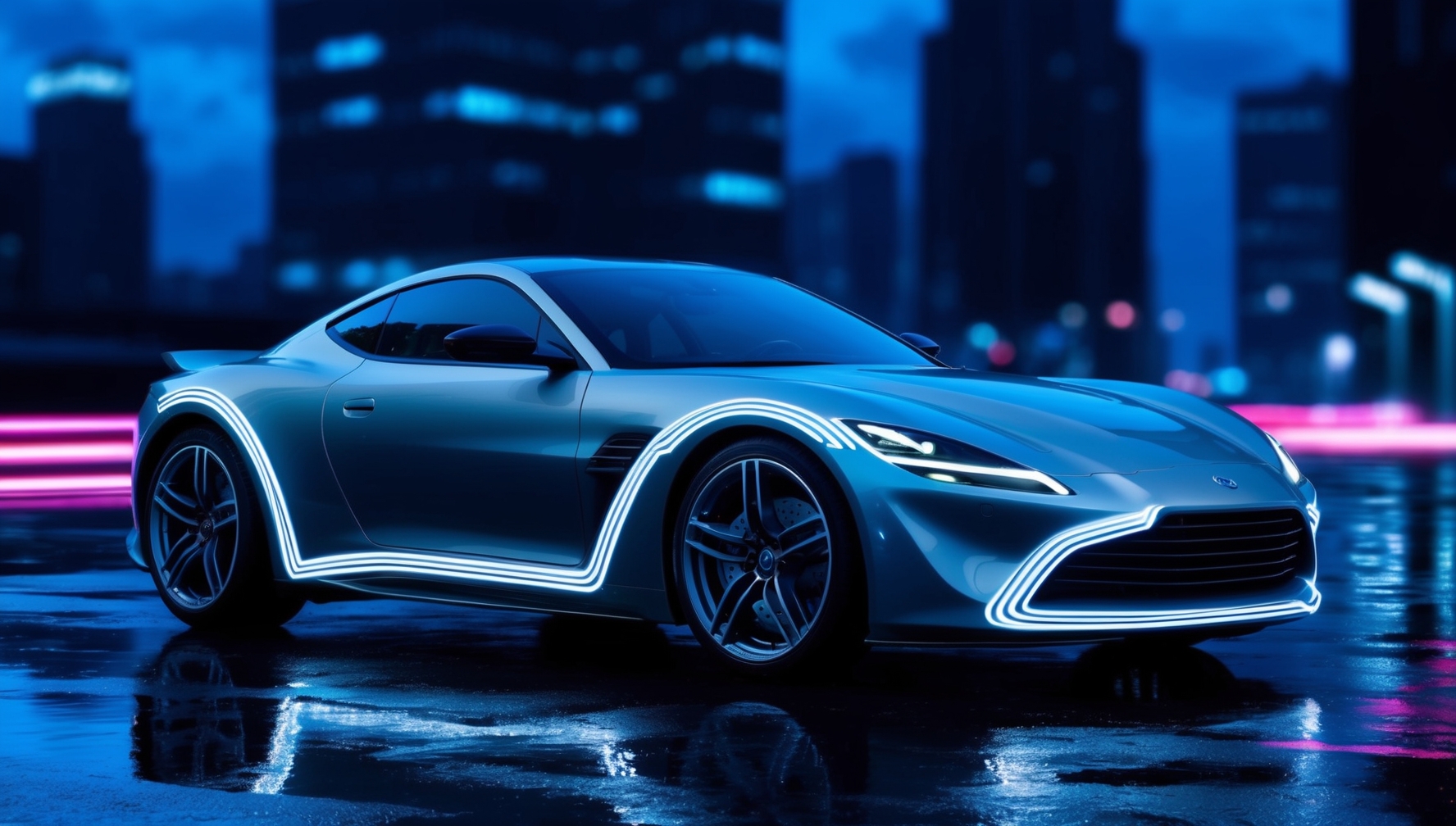In the automotive industry, lighting plays a crucial role in both safety and aesthetics. As technology advances, LED (light-emitting diode) lights have become increasingly prevalent in vehicles due to their numerous advantages over traditional lighting solutions. From improved visibility to striking design elements, LED lighting is transforming how we drive and experience vehicles. This article explores how LED lighting enhances both safety and aesthetics in the automotive sector.
Improved Visibility and Safety
One of the most significant benefits of LED lighting in automobiles is the enhancement of visibility and safety. LEDs provide brighter, more focused illumination compared to conventional halogen bulbs, which translates to better visibility for drivers. This improved lighting is particularly beneficial in low-light conditions such as nighttime driving, fog, or heavy rain, where clear visibility is crucial for avoiding hazards and making informed decisions.
Brighter and More Focused Light
LED headlights produce a more intense and concentrated beam of light, reducing the amount of light that is scattered and improving road illumination. This focused beam enhances the driver’s ability to see further ahead, identify obstacles, and recognize road signs more easily. Additionally, LED lights can be engineered to produce a whiter light that closely resembles natural daylight, further enhancing contrast and visibility.
Adaptive Lighting Systems
Many modern vehicles are equipped with adaptive LED lighting systems that adjust the light output based on driving conditions. Features such as dynamic bending lights, which follow the curvature of the road, and automatic high beams, which adjust based on oncoming traffic, significantly improve safety by providing optimal lighting for different scenarios. These advanced systems reduce glare for other drivers while ensuring that the road ahead is adequately illuminated.
Enhanced Durability and Longevity
LED lights are known for their durability and long lifespan, which are particularly advantageous for automotive applications. Unlike traditional bulbs that may burn out or degrade over time, LEDs have a much longer operational life, often exceeding 20,000 hours. This longevity translates to fewer replacements and lower maintenance costs for vehicle owners.
Resilience to Vibrations and Shock
Automobiles are subject to constant vibrations and shocks from the road, which can adversely affect traditional lighting systems. LEDs, however, are solid-state lighting devices that are more resistant to vibrations and impacts. This resilience ensures that LED lights maintain consistent performance and reliability, even under challenging driving conditions.
Energy Efficiency
LED lights consume significantly less energy compared to traditional incandescent or halogen bulbs. This reduced energy consumption not only contributes to lower vehicle power demands but also supports overall fuel efficiency. For electric and hybrid vehicles, the energy efficiency of LED lights is especially beneficial in extending battery life and maximizing the vehicle’s range. The energy efficiency of LED lights makes them an ideal choice not only for automotive applications but also for outdoor and landscape lighting, where they provide long-lasting and low-energy solutions for illuminating large areas.
Aesthetic Appeal and Customization
In addition to enhancing safety, LED lighting offers a wide range of aesthetic possibilities for vehicle design. Automakers and enthusiasts alike use LED lights to create distinctive and visually appealing designs that set vehicles apart from the competition.
Dynamic Lighting Effects
LED technology enables the creation of dynamic and customizable lighting effects, such as color-changing ambient lights, illuminated logos, and accent lighting. These features allow for personalized styling and a unique driving experience. For example, LED strips can be integrated into the interior to create a customizable ambient light that enhances the overall cabin atmosphere.
Signature Lighting Designs
Many manufacturers utilize LED lights to develop signature lighting designs that become associated with their brand. For instance, distinctive LED headlight shapes and LED daytime running lights (DRLs) contribute to a vehicle’s identity and make it instantly recognizable. These design elements not only enhance the vehicle’s appearance but also improve visibility during daylight hours.
Enhanced Exterior Design
LED lights are used in various exterior applications, including headlights, taillights, turn signals, and brake lights. The slim and compact design of LEDs allows for more innovative and sleek automotive lighting designs. LED technology supports the creation of intricate light patterns and stylized elements that enhance the vehicle’s exterior appearance.
Improved Road Safety and Visibility
Tail lights and brake lights are essential for signaling intentions to other drivers. LED lights offer rapid illumination and increased brightness, ensuring that these signals are more visible and effective. This improved visibility helps prevent accidents and enhances overall road safety.
Conclusion: Driving Innovation with LED Lighting
LED lighting is revolutionizing the automotive industry by enhancing both safety and aesthetics. With their superior visibility, durability, energy efficiency, and design flexibility, LEDs offer numerous advantages over traditional lighting solutions. As technology continues to evolve, LED lighting will play an increasingly prominent role in shaping the future of automotive design, driving innovation, and improving the driving experience.
